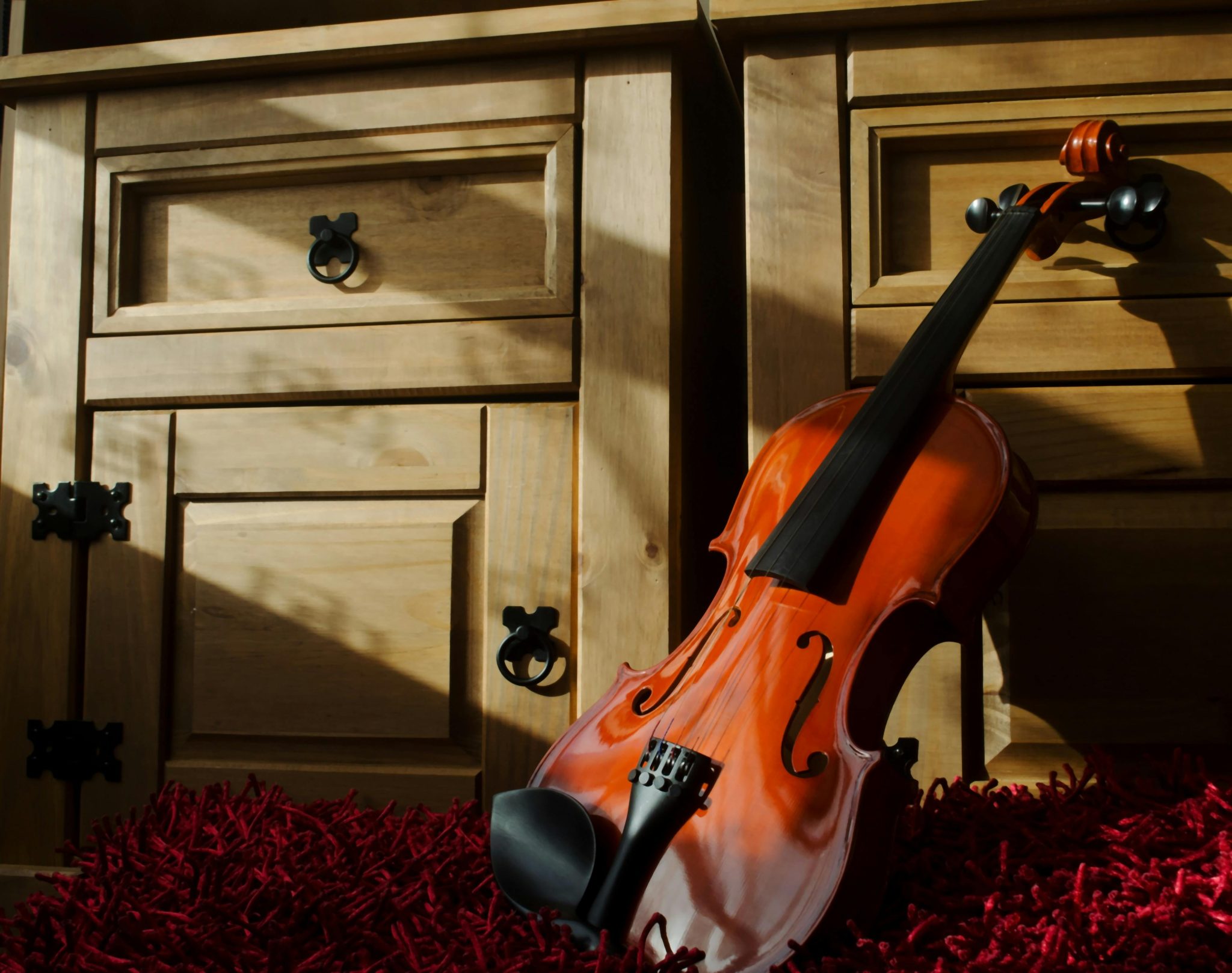How to Assess the Quality of a Rental Violin Before Signing the Contract

When I became a first-time violin renter, I was clueless. I remember saying to myself, “It looks fine, what could go wrong?” Well, trust me, not all violins are the same.
Some sound great and feel even better, while others just make learning harder (really). If you’re about to sign a rental agreement, it’s worth taking a moment to look over the instrument. A quick check can save you from weeks of frustration – and help you get the most out of your practice!
Initial Visual Inspection
You could start by looking at the instrument thoroughly. Fret not! You have the freedom to check a couple of important things without being a pro. Open seams and cracks in the wood can reduce sound quality and may worsen over time. Check that the bridge is standing straight and in the right position as well. The fingerboard is smooth and straight, and the pegs turn easily without slipping.
Check for Structural Integrity
How’s the body of the instrument from different angles? Are there any signs of dents, warping, or peeling glue? A well-crafted violin has a crisper tone and doesn’t need to be tuned every now and then. The wood should feel sturdy and not overly dry or rough, but the varnish doesn’t have to be flawless.
Examine Key Components
Double-check four things: tailpiece, chin rest, tuning pegs, and scroll. Feel solid and secure? If anything’s wobbly or looks like it might pop off with a sneeze, that’s usually a sign the violin hasn’t been cared for properly.
Evaluating Sound and Playability

Try playing it now, and no worries even if the strings are only open. Hear the tone? Is it full, dull, squeaky, or buzzing? It might not be the greatest fit if it seems like you have to put in too much effort to produce a respectable tone.
Test for Clear Tone and Responsiveness
Take note that good violin rentals should respond well. If you gently bow a string and it produces a clean note right away, that’s a good sign. If it takes effort or feels sluggish, consider another option.
Check String Height and Fingerboard Action
If the strings are too high off the fingerboard, your fingers will hurt, and you’ll tire quickly. Too low, and the strings might buzz. A balanced setup helps you learn faster and with less discomfort.
Inspecting the Bow and Accessories
A wobbly or poorly haired bow can ruin the experience, even with a decent violin. Make sure the bow is straight, the hair is evenly tensioned, and it doesn’t feel warped. Also, check that the case closes securely, the rosin is usable, and any shoulder rest included is adjustable and comfortable.
Questions to Ask the Rental Provider
Don’t hesitate to ask things like:
- Has the violin been professionally set up?
- Are minor repairs or maintenance included in the rental?
- Can I switch to another instrument if this one isn’t working out?
A good provider will answer everything clearly.
Understanding the Rental Agreement

Always read the fine print. What happens if something breaks? Is the normal wear and tear covered? Can part of your rental payments go toward buying the violin later? Make sure you understand all the terms so there are no surprises down the road.
Red Flags to Watch Out For
If a violin looks brand-new but sounds lifeless, it could be a mass-produced model with poor craftsmanship. Be cautious if the shop rushes you, avoids answering questions, or doesn’t let you try out the instrument first.
Conclusion
As long as you know what to look for, renting a violin doesn’t have to be tough. You can improve your learning by taking a few minutes to check the instrument. Rental violins should advance your development and not hinder it. Pick one from a company that takes good care of you, feels comfortable in your hands, and has a clean sound. You deserve to enjoy every step of your musical journey with a violin.






